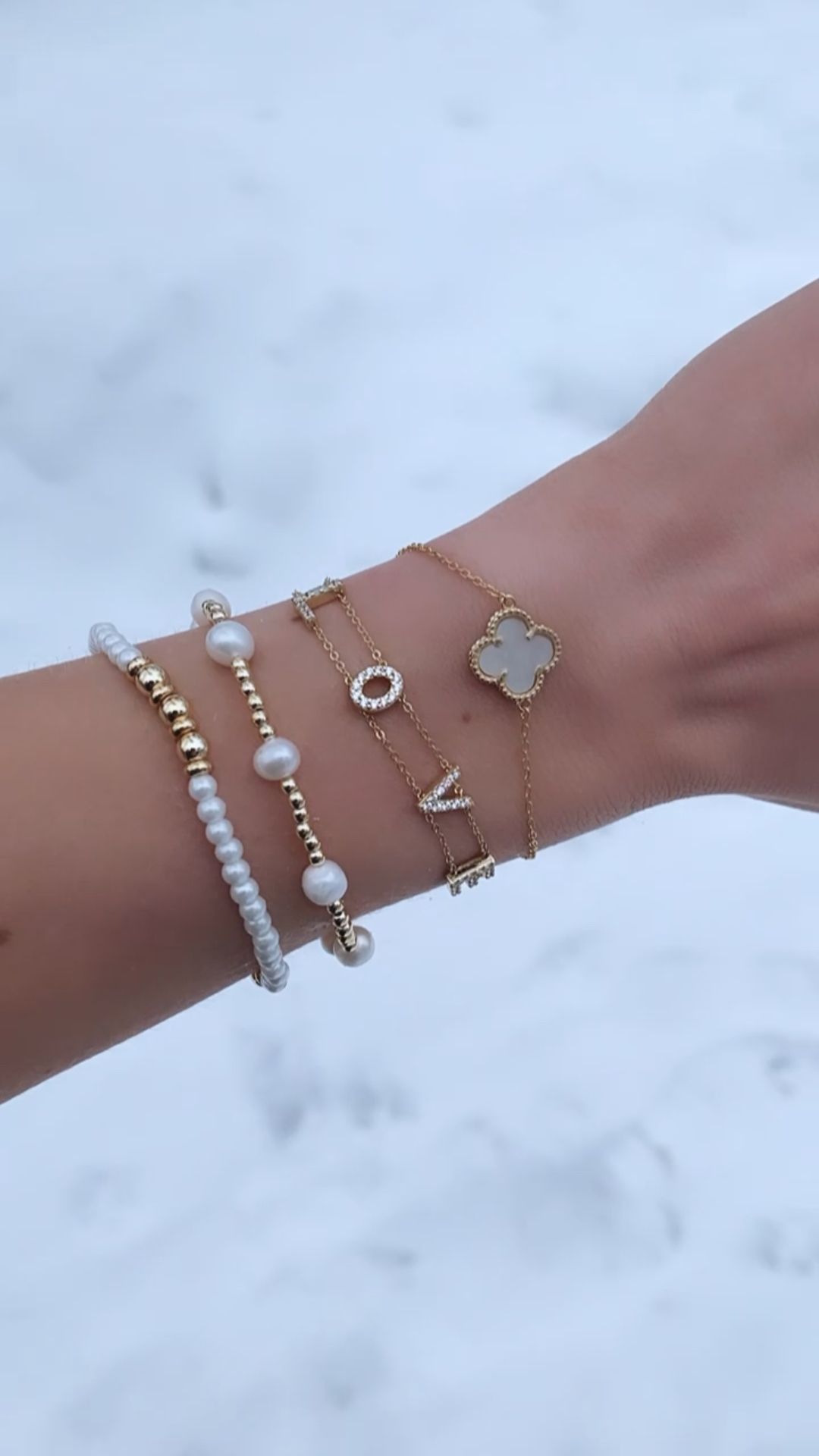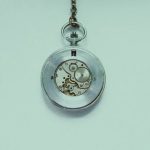The history of Ireland’s jewelry in Dublin holds a special allure, with its rich cultural significance and timeless beauty. From early Irish jewelry to the iconic Claddagh ring, the influence of the Celts, and the renowned jewelers in Dublin, each piece tells a story of tradition, craftsmanship, and heritage.
The roots of traditional Irish jewelry can be traced back through centuries, embodying a unique blend of Celtic symbolism and intricate craftsmanship. The evolution of these designs reflects the cultural heritage and historical significance that continues to captivate admirers around the world.
Dublin, in particular, has been a hub for skilled jewelry makers who have contributed significantly to the history and legacy of Ireland’s jewelry. Through their renowned craftsmanship and innovative designs, these jewelers have left an indelible mark on the industry, further enhancing Dublin’s status as a center for exquisite Irish jewelry.
Early Irish Jewelry
The history of Ireland’s jewelry Dublin dates back to ancient times, with early Irish jewelry showcasing the intricate craftsmanship and rich cultural symbolism of the Celtic people. Dating as far back as 2000 BC, archeological finds have unearthed elaborate gold necklaces, bracelets, and brooches, reflecting the artistry and skill of early Irish metalworkers. These early pieces often featured intricate designs inspired by nature, such as intertwining vines, animals, and geometric patterns.
One of the most iconic forms of early Irish jewelry is the Tara Brooch, a masterpiece of Celtic metalwork from the 8th century. Decorated with stunning filigree detail and precious gemstones, this brooch exemplifies the high level of skill and artistry achieved by early Irish craftsmen. Similarly, the Ardagh Chalice, an ornate silver drinking cup from the 8th century, showcases the fine craftsmanship and exquisite design that characterized traditional Irish jewelry.
The development of traditional Irish jewelry was also shaped by influences from outside cultures, such as Viking invaders who brought their own unique artistic traditions to Ireland. This fusion of styles resulted in a distinctive blend of Celtic and Scandinavian motifs in Irish jewelry design. As a result, traditional Irish jewelry became known for its ornate beauty and rich symbolism, reflecting the interconnected history of Ireland with neighboring lands.
| Irish Jewelry | Historical Significance |
|---|---|
| Tara Brooch | Exemplifies high level craftsmanship |
| Ardagh Chalice | Showcases fine design & artistry |
| Viking Influence | Resulted in a distinctive blend of styles |
Celtic Influence
The influence of the Celts on Irish jewelry design and style is profound, shaping the unique aesthetic that is synonymous with Ireland’s jewelry. The Celtic people, who settled in Ireland around 500 BC, brought with them a rich tradition of intricate metalwork and symbolic motifs that have left an indelible mark on the history of Ireland’s jewelry in Dublin. From ornate brooches to intricately patterned torcs, Celtic craftsmanship has become synonymous with Irish jewelry.
One of the most distinctive features of Celtic-inspired Irish jewelry is the use of elaborate knotwork and interlacing patterns. These designs were often used to symbolize eternity and interconnectedness, reflecting the Celts’ spiritual beliefs and reverence for nature. The iconic Claddagh ring, with its heart, hands, and crown motif, is also believed to have been influenced by traditional Celtic symbols.
In addition to symbolism, the use of specific materials such as gold, silver, and precious gemstones in Celtic-inspired Irish jewelry also reflects the influence of ancient Celtic craftsmanship. Gold was highly prized by the Celts for its rarity and durability, and it remains a cherished material in contemporary Irish jewelry design. Similarly, the emphasis on intricate metalwork and filigree reflects the Celts’ mastery of working with precious metals.
| Celtic Influence | Data |
|---|---|
| Knotwork & Interlacing Patterns | Symbolize eternity and interconnectedness; reflect spiritual beliefs and reverence for nature |
| Materials | Use of gold, silver, and precious gemstones; reflects ancient Celtic craftsmanship |
| Symbolism | Influence on iconic Claddagh ring; representation of traditional Celtic symbols |
Claddagh Rings
The Claddagh ring is a traditional Irish jewelry piece that holds deep historical and cultural significance in Ireland, especially in Dublin. This iconic ring features two hands holding a heart topped with a crown, symbolizing love, loyalty, and friendship. The history of the Claddagh ring dates back to the 17th century in the village of Claddagh, near Galway, and its enduring popularity has made it an integral part of Irish heritage.
The history of Ireland jewelry Dublin includes the story of Richard Joyce, a fisherman from the village of Claddagh who was captured by pirates and sold into slavery in North Africa. During his captivity, he learned the craft of metalworking and created the first Claddagh ring for his beloved back home.
After being released from slavery following William III’s 1698 treaty with Algeria, Joyce returned to Claddagh to find that his sweetheart had waited for him, and he presented her with the now-famous ring. The symbolism of love, loyalty, and friendship embodied by the Claddagh ring has since been cherished by generations as an emblem of Irish culture.
The significance of this traditional Irish jewelry extends beyond its romantic connotations. It also serves as a symbol of pride and connection to Irish heritage. Today, the Claddagh ring remains a popular choice for engagements, weddings, or simply as a meaningful gift among friends and family.
Its timeless design has also inspired modern variations while staying true to its historical roots. In Dublin specifically, numerous jewelers continue to create and showcase exquisite renditions of the iconic Claddagh ring that pay homage to Ireland’s rich jewelry history. Whether handed down through generations or chosen as a representation of one’s own heritage, the Claddagh ring continues to hold a special place in the hearts of many both in Ireland and abroad.
Dublin Jewelry Makers
Traditional Craftsmanship
Dublin has long been a hub for skilled jewelry makers who have played a pivotal role in preserving the history of Ireland’s jewelry. These craftsmen and women have upheld traditional techniques and designs, ensuring that the cultural heritage of Irish jewelry remains intact. Their dedication to craftsmanship has resulted in timeless pieces that continue to captivate both locals and visitors alike.
Innovation and Renowned Designs
Dublin jewelers are also known for their innovative approach to traditional Irish jewelry. While they honor the historical significance of classic designs, they are not afraid to push boundaries and create contemporary pieces that appeal to modern tastes. This fusion of old and new has further solidified Dublin’s reputation as a leader in the world of Irish jewelry.
Promoting Cultural Identity
Through their dedication to excellence, Dublin jewelers have played a crucial role in promoting Ireland’s cultural identity through its jewelry. By amplifying the symbolism and storytelling inherent in each piece, these craftsmen have contributed to shaping a deeper appreciation for the history and heritage of Ireland’s jewelry. As a result, they have helped ensure that the legacy of Irish jewelry lives on for generations to come.
Historical Significance
Jewelry has played a significant role in Irish history and culture, serving as both an artistic expression and a symbol of social status. From ancient times to the present day, jewelry has been emblematic of Ireland’s rich heritage and traditions, reflecting the country’s complex history.
Symbolism and Social Status
In ancient Ireland, jewelry was used as a form of personal adornment and as a means of displaying wealth and social status. The intricate designs and craftsmanship of traditional Irish jewelry often conveyed symbolic meanings related to love, loyalty, and spirituality.
For example, the renowned Claddagh ring is a symbol of friendship, loyalty, and love with its distinctive design featuring two hands holding a heart topped by a crown. Moreover, jewelry was also used to commemorate important life events such as marriages, births, and deaths, carrying deep cultural significance for the people of Ireland.
The Influence of Celtic Art
The influence of Celtic art on Irish jewelry design cannot be overstated. The intricate knotwork, spirals, and other geometric patterns commonly found in traditional Irish jewelry are directly inspired by Celtic symbols and motifs. These designs were not only aesthetically pleasing but also held spiritual significance for the Celts. Even today, Celtic-inspired jewelry continues to be celebrated for its timeless appeal and deep cultural connections.
Preservation and Promotion
Efforts to preserve the history of Ireland’s jewelry in Dublin are evident through initiatives aimed at promoting awareness and appreciation for traditional Irish jewelry. Museums such as the National Museum of Ireland – Archaeology house extensive collections of ancient Celtic artifacts including intricately crafted gold torcs, bracelets, brooches, and other types of jewelry that provide valuable insights into Ireland’s rich cultural heritage.
Additionally, skilled artisans continue to create modern interpretations of classic Irish designs while honoring the age-old techniques that have been passed down through generations. As such, there is an ongoing revival of interest in traditional Irish jewelry both in Dublin and beyond.
Modern Revival
In recent years, there has been a noticeable resurgence of interest in traditional Irish jewelry, particularly in the bustling city of Dublin. This renewed fascination with Ireland’s historic jewelry can be attributed to a growing appreciation for the country’s rich cultural heritage and the timeless elegance of traditional Celtic designs. As a result, there has been a renaissance of traditional Irish jewelry in contemporary fashion, as people embrace the beauty and significance of these timeless pieces.
One factor contributing to the modern revival of traditional Irish jewelry is the increasing desire for authenticity and uniqueness in fashion. Consumers are no longer satisfied with mass-produced, generic accessories; instead, they are seeking out one-of-a-kind pieces that tell a story and hold sentimental value. Traditional Irish jewelry, with its deep-rooted history and symbolism, perfectly encapsulates this trend, making it highly sought after by discerning customers.
Moreover, the resurgence of interest in traditional Irish jewelry can also be attributed to a growing global appreciation for cultural diversity and heritage. People are increasingly drawn to the unique charm of Celtic designs and the intricate craftsmanship that goes into creating each piece. As a result, traditional Irish jewelry has found favor not only among locals but also among international visitors who are captivated by its timeless appeal.
- The rise of artisanal craftsmanship
- Collaboration between modern designers and traditional artisans
- Incorporating ancient techniques into contemporary designs
Preservation and Appreciation
In conclusion, the history of Ireland’s jewelry in Dublin is a rich tapestry of tradition, symbolism, and cultural significance. From its early origins to the modern revival, Irish jewelry has played a prominent role in the country’s heritage. The efforts to preserve and promote this history are crucial in ensuring that future generations continue to appreciate and cherish the beauty and meaning behind each piece of traditional Irish jewelry.
Dublin has been at the forefront of preserving the history of Ireland’s jewelry, with renowned jewelers showcasing their craftsmanship and upholding the legacy of Celtic influence. The city’s vibrant artistic community continues to draw inspiration from its heritage, producing contemporary pieces that pay homage to the past while embracing modern design sensibilities. This dedication to preserving and promoting Ireland’s rich jewelry history is vital in keeping traditional artistry alive for generations to come.
As interest in traditional Irish jewelry experiences a resurgence, it is essential for initiatives to continue supporting and promoting its historical significance. By educating both locals and visitors about the cultural importance of Irish jewelry, Dublin can further solidify its standing as a global hub for traditional craftsmanship and artistic expression. With ongoing efforts towards preservation and appreciation, the captivating history of Ireland’s jewelry will continue to thrive and inspire for years to come.
Frequently Asked Questions
What Does the Celtic Ring Mean in Ireland?
The Celtic ring holds a symbolic meaning in Ireland, representing love, friendship, and loyalty. It is often used as an engagement or wedding ring, showcasing intricate Celtic knot designs and patterns.
Why Was Dublin Called Dublin?
Dublin got its name from the Irish word “Dubh Linn,” which means “black pool.” This refers to a dark tidal pool where the River Poddle met the River Liffey, around which the original settlement of Dublin was built.
What Is the History of Celtic Jewelry?
The history of Celtic jewelry dates back to ancient times when Celts adorned themselves with ornate pieces made from metals like gold and silver. These pieces often featured intricate designs inspired by nature and animals, reflecting Celtic culture and beliefs. Today, Celtic jewelry continues to be popular for its beauty and symbolism.

Welcome to my jewelry blog! My name is Sarah and I am the owner of this blog.
I love making jewelry and sharing my creations with others.
So whether you’re someone who loves wearing jewelry yourself or simply enjoys learning about it, be sure to check out my blog for insightful posts on everything related to this exciting topic!





